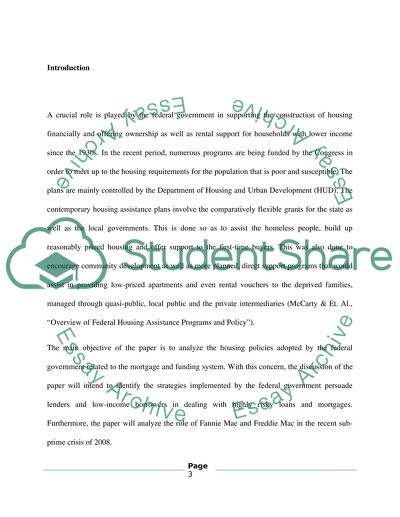Cite this document
(“Federal Government Housing Policies Term Paper Example | Topics and Well Written Essays - 1500 words”, n.d.)
Retrieved from https://studentshare.org/macro-microeconomics/1432315-federal-government-housing-policies
Retrieved from https://studentshare.org/macro-microeconomics/1432315-federal-government-housing-policies
(Federal Government Housing Policies Term Paper Example | Topics and Well Written Essays - 1500 Words)
https://studentshare.org/macro-microeconomics/1432315-federal-government-housing-policies.
https://studentshare.org/macro-microeconomics/1432315-federal-government-housing-policies.
“Federal Government Housing Policies Term Paper Example | Topics and Well Written Essays - 1500 Words”, n.d. https://studentshare.org/macro-microeconomics/1432315-federal-government-housing-policies.


